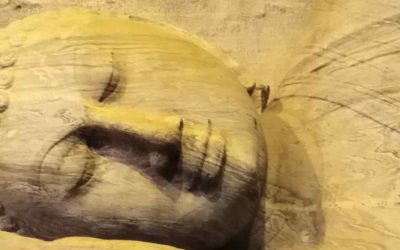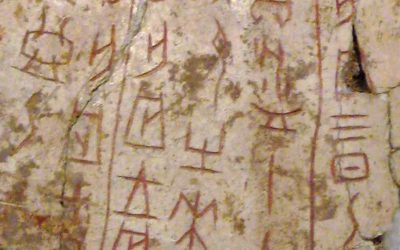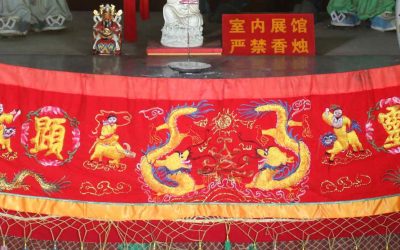Legends of the Mother Goddess
I am pleased to share with all you that the Italian translation of my book Legends of the Mother Goddess (and Other Myths of Goddesses and Women from the Peoples of China) has now been published and is available for purchase. As many of you already know, this book was pioneering in the field of mythology and gender studies in the West, as it was the first to bring together in a single volume more than 40 myths and legends from China’s ethnic minorities in which the protagonists were female deities.
Although a book on this subject cannot become tremendously popular, it has reached a market of specialized readers who have shown great interest in matriarchy in China—a topic to which I dedicated another of my books (Matriarchy in China: Mothers, Queens, Goddesses, and Shamans)—as well as in Chinese mythology. For this reason, whenever I have been in contact with translators of other languages, this has been one of the most sought-after works. In fact, there are already translations into Portuguese and Greek.
I believe this Italian edition stands out thanks to the care and dedication of the translator, Angelica Deluigi. We have also added a few additional myths to the original version to make the book more engaging, and it includes an insightful afterword by Maria Omodeo.
The book can be obtained at this link, and above you will also find the Amazon links to the original Legends of the Mother Goddess and Matriarchy in China. However, these books are not only available on Amazon but also in all bookstores in Spain—just request them and you will have them within a couple of days. I hope this news is of interest to you, and of course, I would be delighted if you shared it with Italian-speaking readers who might be interested.
About me: I have spent 30 years in China, much of the time traveling and studying this country’s culture. My most popular research focuses on Chinese characters (Chinese Characters: An Easy Learning Method Based on Their Etymology and Evolution), Matriarchy in China (there is a book with this title), and minority cultures (The Naxi of Southwest China). In my travels, I have specialized in Yunnan, Tibet, the Silk Road, and other lesser-known places. Feel free to write to me if you’re planning a trip to China. The agency I collaborate with offers excellent service at an unbeatable price. You’ll find my email below.
Last posts
The dog in China’s ancient tombs
Pedro Ceinos Arcones. La Magia del perro en China y el mundo. Dancing Dragons Books. 2019. (Excerpts from the book) The dog in China’s ancient tombs In China, dogs buried with their owners have been discovered in archaeological sites belonging to the most important...
Some philosophical schools in Buddha’s times
Peter Harvey. Buddhism: Teachings, History and Practices. Cambridge University Press. 2013. (Excerpts from the book. Page 11 and ff.) In its origin, Buddhism was a Samana-movement. Samanas were wandering ‘renunciant’ thinkers who were somewhat akin to the early Greek...
The origin of Chinese characters
The origin of Chinese characters in John C. Didier, “In and Outside the Square,” Sino-Platonic Papers, 192, vol. 1 (September, 2009) The technology of writing appears suddenly and morphologically fully developed on Shang oracle bones and, later, bronzes at about the...
The sacred Taishan mountain
Taishan Mountain, life and death in Chinese culture, according to the work of Edouard Chavannes Mountains are, in China, divinities. They are considered as nature powers who act in a conscious way and who can, therefore, be made favourable by sacrifices and touched...
A Taoist exorcism séance
'My friend is going to conclude an exorcism service this morning and, if you are really so interested, he hopes you can come and witness it.' He paused uncertainly. 'But I must warn 86 you that it is not a pretty sight. Really it is most unpleasant, disgusting and...
Chinese superstitions before the birth
To have five sons, rich, vigorous, literate and who become mandarins: this is the ideal of any Chinese family. From this matrix idea emerged the various types of popular images that are displayed in all households: Wu Zi Deng Ke (五子登科), Have five official children!...










